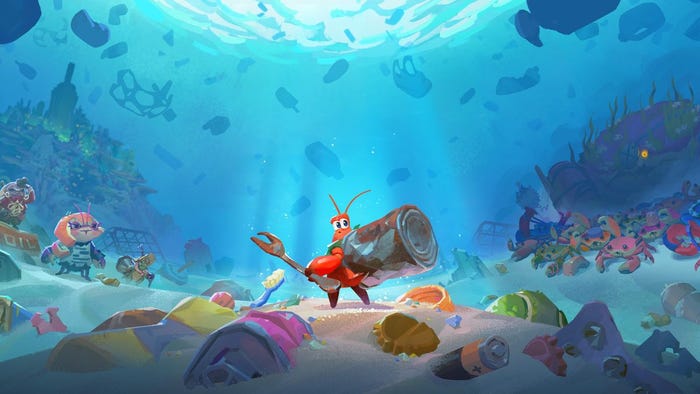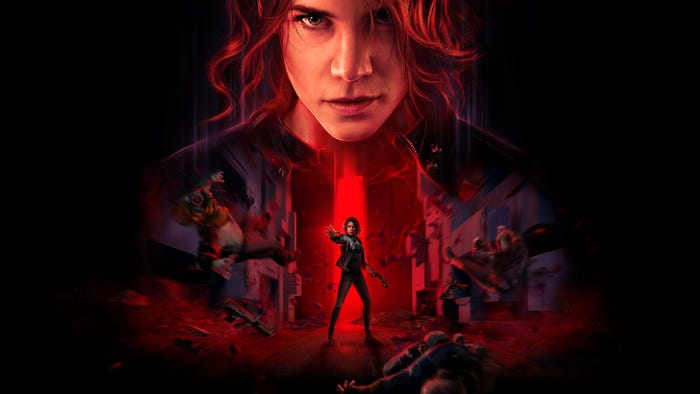Choosing the art direction for your game's target audience
Art in games must not be selfish. Game art must be done in a quality level, but cannot be in a level where it distracts the player from the game play itself. Although most games made do realize the concepts described above, some games don’t realize that i

Pixel art update #1: Why we chose to switch from 16-bit to 8-bit graphics
Apologies for the quiet weekend everyone! Finn and I had quite a busy weekend. Anyways, here are some updates on our progress: Pixel blocks were changed from 16-bit style to 8-bit.
My main reason to changing the main art style of the game is to appeal to a broader audience. It seems today that most of the people playing 2D games are into games with simpler art style. Going from 16-bit to 8-bit graphics was the solution, and the game can now easily cater to a wide range of audience.
Why decided to use 8-bit specifically is because of Angry Birds and Flappy Bird. Most players who play casual games play games whose art is easy to appreciate. With a broader color pallet, the art can easily distract the player from having a fun game play experience due to its complicated pallet. Art in good game design should not stray the player away from having a fun game play experience. Keeping game art to a simple minimal level to where the players can appreciate the art and the game play at the same time is good game design. In other words: less is more, and more is less.
In terms of functionality, the design/art itself should merely describe what the object does, nothing more, and nothing less. For example, the fiery block is fiery, with no other effects to confuse the player from telling that the block does not inflict burn, nor pain from the player. The same thing goes for the ice block.
On top of look and feel, the animation and color must also fully describe what the game object is supposed to do. If a cape is a cape, then the cape must move like a cape. And since the cape is gold, the cape must signify that it is something special in game, and when the player interacts with it, then the player either gets bonuses or gains a power up.
TL;DR
Art in games must not be selfish. Game art must be done in a quality level, but cannot be in a level where it distracts the player from the game play itself. Although most games made do realize the concepts described above, some games don't realize that in a general level, video games are still simulation, not an canvas where you can simply throw anything and everything in it without a focus on implementing the general functions of the game objects. Game designers must focus on the overall user experience first before going wild on the polish phase of the game, and make art that makes sense. If you want your 16-bit game to cater to a broader audience, try checking out 8-bit for a simpler, flatter, and easy to understand art for your game.
This blog post was originally posted by Nicu Listana at blog.getyologoat.com. For instant updates, please follow @apebeast on Twitter.
Read more about:
BlogsAbout the Author(s)
You May Also Like









